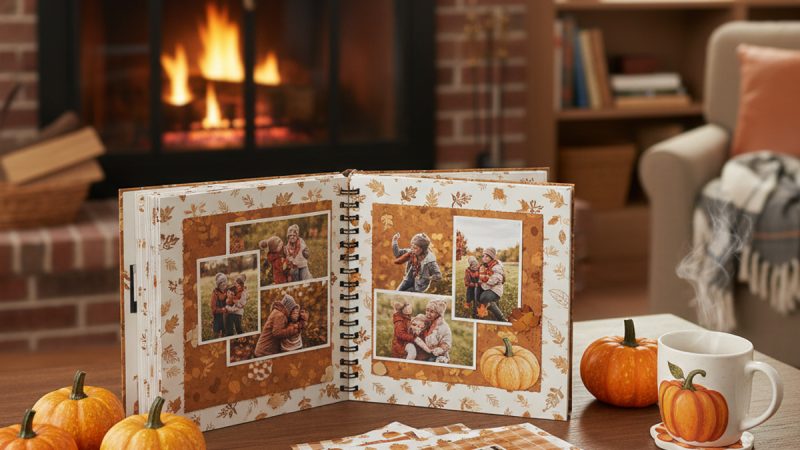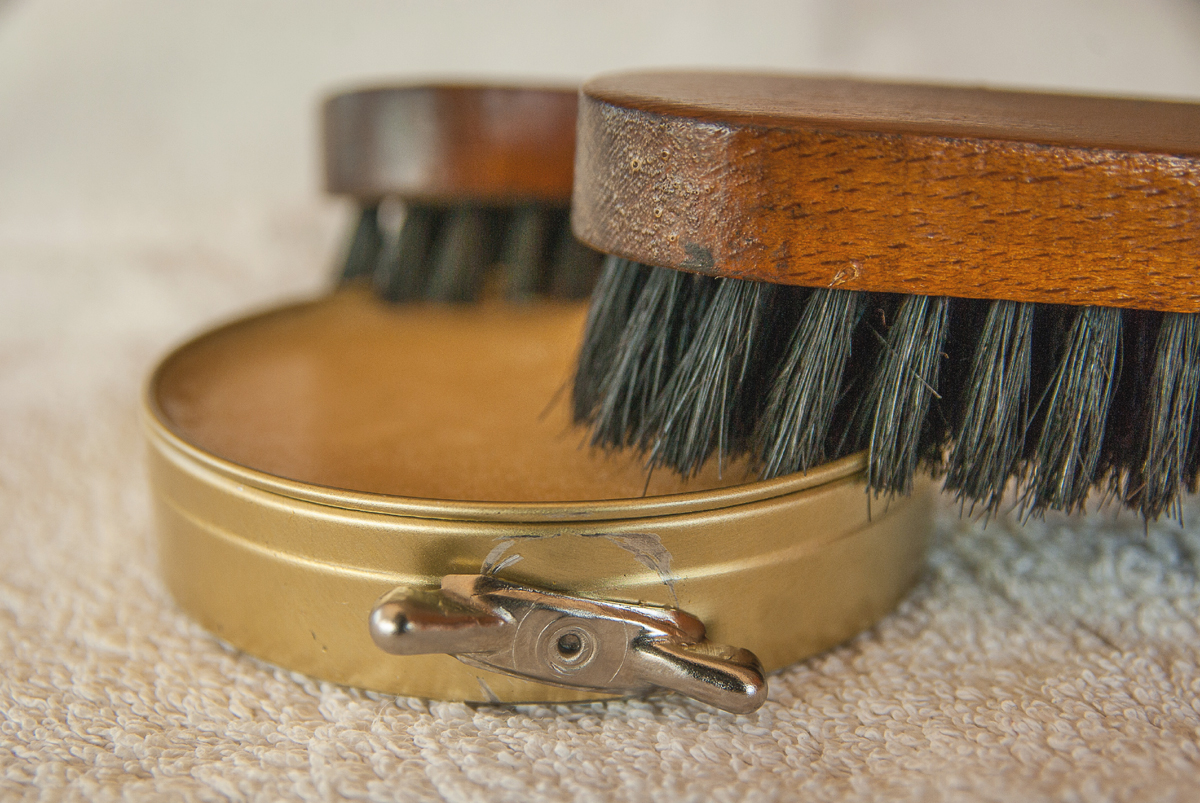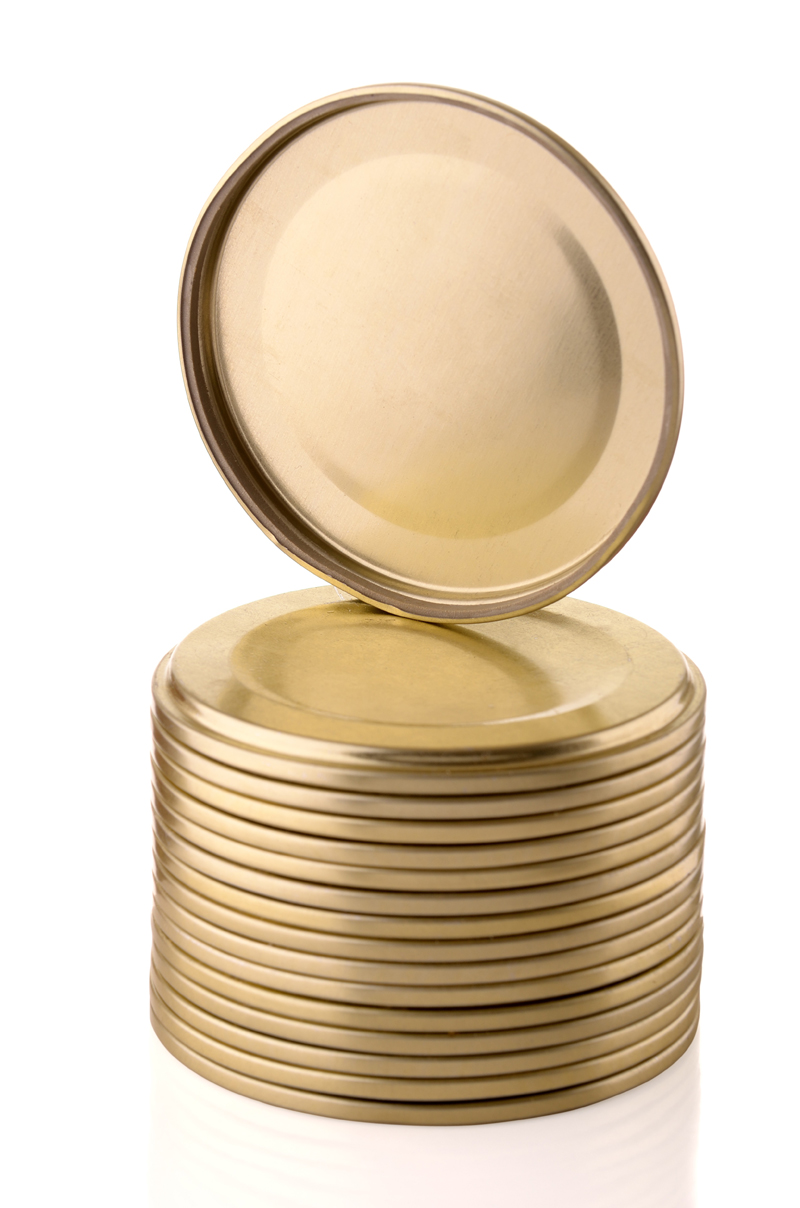Create a Family Heirloom Cookbook

Almost every family has a treasured recipe, handed down through generations, that is not only beloved because it’s delicious, but because it evokes memories of favorite family get-togethers, a holiday, or a treasured family member.
A perfect gift for family and friends, a family heirloom recipe book is a wonderful way to combine favorite dishes and family folklore. According to Cheryl Wolf, a performance artist and graphic design instructor at The New England Institute of Art, “Family recipes are a valuable resource for a family history. I have built an entire performance around my family’s recipes and the stories they evoke! “Breaking bread” together is life-affirming. What better way to reach back and bring personal history to the present?”
Wolf adds, “A family recipe is also a family history, and can be a wonderful work of folk art.” For example, she says, take the opportunity to not only write down family recipes for generations to come, but include famous family stories (every family has them), photos and memorabilia as well.
But how to turn family culinary gems into actual recipes? Chef Peter Adams of the Illinois Institute of Art-Chicago has a few tips: “Start with a family letter, asking everyone to send back one or more of their ‘specialties’ by a particular date. Ask those that can to reply by email so you can cut and paste recipes right into your final document.”
If you have a relative that never writes down recipes (it seems like all the best recipes are never written down), but rather cooks by “a dash of this, a little bit of that,” consider having someone in your family be the “helper,” and prepare the dish along with them. Adams suggests the “helper” can measure, guesstimate, and generally keep track of how the dish is prepared, including cooking times and temperatures. The “helper” should also be sure to ask about consistency, color, texture and doneness. According to Adams, “This last bit of information is always the most important part of passing along a recipe.” Once you have a written recipe, prepare it again according to the directions, and adjust the recipe as necessary to get as close as possible to the original.
When you’re asking for recipes, provide everyone with a similar format. For example, ask family members to list the ingredients to be used in order, together with the quantities. Lay out the steps that are needed in order to make the item, and always add little comments about what to look for as the dish is prepared, and when it is done. It can be a lot of work, especially with recipes that were never written down. But, says Adams, ultimately it’s worth it because you’ll be saving an important — and delicious bit of your family’s history.
Once you have the recipes, you’ll want to create a look for your cookbook that reflects your family. A simple way to do this, says Meryl Epstein of The Art Institute of Phoenix, is include family mementos or old photos, along with the recipes. A simple way to share one-of-a-kind memorabilia is to take them to a local copy center and make color copies.
“You can use the color copies you make as background, and print a recipe over the photo, or have the recipe on one page, and a photo on the facing page. You can also create a collage using items such as blue ribbons (won for a cooking), tickets stubs or airplane tickets from a favorite trip that produced a great recipe,” says Epstein.
For text, use simple fonts like Times Roman or Arial so that they are easy to read for all ages. Save decorative fonts for recipe titles or chapter headings. Consider creating a box — with shading and borders — for the recipe itself so that there is enough contrast between the recipe and any background artwork you use.
Epstein suggests writing an introduction about the cookbook, its organization and how family responded to the project. Make sure to date the book and have a table of contents so family and friends can easily find a favorite recipe. Here are a few of her suggestions for organizing recipes:
* by category, for example, appetizers, soups, salads, entrees and desserts
* by family, for example, grandmother, aunt and uncle, or cousin recipes
* by holiday, for example, favorite dishes for the 4th of July, Thanksgiving or Labor Day
To keep recipes easy to read and clean, consider putting them in plastic sleeves (available in craft and office supply stores) and then in 3-ring binders. Says Epstein, “This way, you can add a new recipe every year.”
====================================================
Chef Anthony Bellucci, an instructor at The Art Institute of New York City, shares this recipe based on his father’s beloved fresh sausage, flavored with fennel and coriander seed.
Recipe
* 5 pounds pork cut in cubes (preferably from the shoulder)
* 2 pounds pork fatback (cubed)
* 1 tablespoon salt, pepper, coriander, fennel seed
* 1/2 cup cold water
* Crushed hot red pepper to taste (optional, for hot sausage)
* 4 tablespoons paprika (for hot sausage only)
* Ice cubes (as needed)
Grind meat through a course die of a meat grinder, alternating with fat. Grind 2 small ice cubes with every second or third addition of meat. Season the meat with the salt, pepper, coriander and fennel seed to your personal taste. If making hot sausage, add the crushed hot red pepper and the paprika with the other seasonings. To test for taste, make a small patty of the meat mixture and sauté until cooked. Adjust seasonings and repeat tasting process until desired flavor is achieved. Add water and mix well. Stuff meat into casings; prick casings several times with a toothpick. Pan fry over moderate heat until cooked through and serve.
A few rules to follow when making sausage:
1. Use disposable gloves when handling meat.
2. Keep all utensils, tools and preparation surfaces clean and sanitized.
3. Keep meat under 60 degrees Fahrenheit.
A good sausage is at least 25 to 30 percent fat. Any less will result in a dry product. By trial and error you will find the correct ratio for you personal taste.
The Author:
The Art Institutes (www.artinstitutes.edu), with 30 education institutions located throughout North America, provide an important source of design, media arts, fashion and culinary professionals. The Art Institutes have provided career-oriented education programs for 40 years, with more than 140,000 graduates.
Photo. Sweet Louise
Source: (ARA) Aracontent.com








